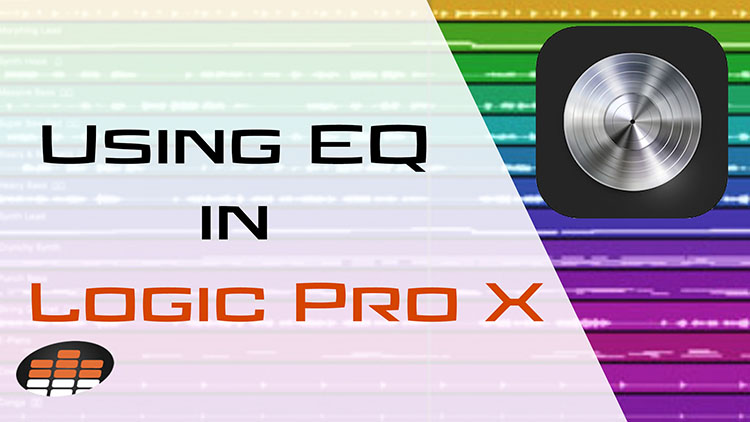Mark Goslett is a London-based music producer and member of the Music Producers Guild. His unrelenting pursuit of excellence in the studio, and decades of work as a musician has brought him to the forefront of the music industry, where his credits include: TV commercials, emerging artists, and a profusion of live sound engineering engagements.
He’s an expert in Apple’s Logic Pro X software, and in this segment he shows the basics of using the stock Channel EQ!
Logic comes with a handful of really great stock EQ plugins, but most of the time you’ll probably be reaching for the Channel EQ. It’s excellent for beginners because it has a spectrum analyzer, showing you all of the frequencies of a track in real-time.
There are two different ways to open up the Channel EQ in Logic. The first is to locate the Audio FX section of a channel and find EQ in the drop-down list of plugins. The second, and easiest way, is to click the EQ Thumbnail window on a track which opens the Channel EQ by default.
Logic Pro’s stock Channel EQ is an 8-band equalizer.
This means there are 8 available ways to boost/cut frequencies at any given time. On either end are high- and low-pass filters, as well as high and low shelving EQs. The remaining 4 bands are Parametric, which are used for boosting/cutting individual frequencies as widely or narrowly as you’d like.
Generally speaking, EQ should be used conservatively. If you find yourself making really drastic boosts or cuts to a signal, this is probably a sign something has gone wrong while recording. Another general EQ tip is to boost frequencies with a broader Q, and cut frequencies with a narrower one.
For more, watch how Logic Pro X expert Mark Goslett EQs a snare drum!





